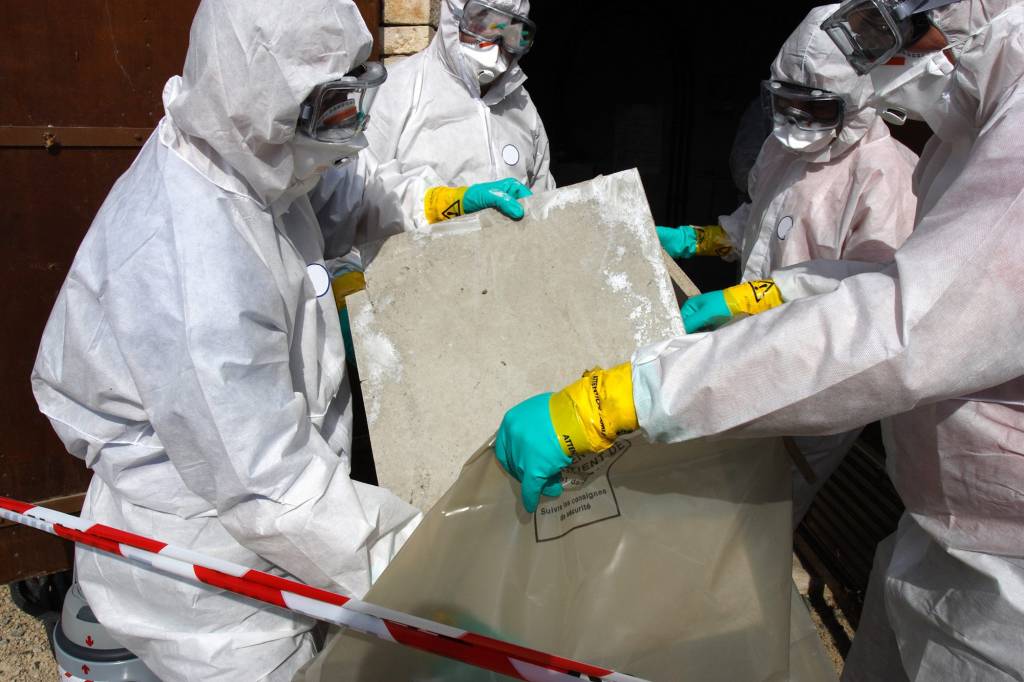A healthy life is the primary goal of every individual. But, sometimes, no matter the precautions you take, there is still a chance you may get sick.
One of the leading culprits is harmful microscopic fibers like asbestos. More than 38,000 Americans lose their lives to asbestos-related illnesses annually.
Before 1989, these materials were a norm in almost every industrial sector, and this intense exposure soon takes a toll on you. Individually, asbestos fibers may seem harmless, but as this mineral accumulates, it can become cancerous.
Therefore, if you feel you may be suffering from an asbestos-related illness or wish to learn more about this fiber. Here’s what you need to know.
- Is There Help For Asbestos-Related Illnesses?
Knowing if a cure is available when learning about any ailment is natural. Asbestos can cause many diseases. These can be dangerous as mesothelioma, terminal cancer that causes lung damage.
What’s more, asbestosis causes cancer in your kidney, scarring, or a buildup of fluids in your chest cavity.
Since the plural area gets impacted the most, common symptoms include fatigue, coughing, and blood in your sputum. But if you contract the illness in your stomach, you can have unmanageable pain in your gut.
You may also feel chest aches and find it hard to breathe and swallow. In such cases, your doctor will conduct an X-ray and CT scan to determine your health condition.
If you have mesothelioma, despite being a rare and aggressive cancer, there is help available. You may need copious rounds of chemo, radiation, and surgery to remove the mass.
But once the impacted area gets cleared, you should feel better. Additionally, resources such as those in mesotheliomahope.com can guide you on living without cancer and learning about managing your health even after remission.
- How Is The Risk For Asbestos Gauged?
Asbestos doesn’t impact everyone equally. Your illness depends on several factors, starting with your exposure duration.
Your healthcare provider needs to know when you were first exposed and how long did it stay exposed. Doctors also require information on your profession to estimate the chances of severe illnesses.
Other necessary details include the presence of genetic mutations and your lifestyle, such as how well you maintain your diet, smoking habits, and if you take medicines for your inhalers.
- How Can You Manage Asbestos Intensity?
Asbestos is present in older houses, construction sites, and firefighting equipment. At one point, it was a popular industrialist tool, so most products related to infrastructure and maintenance may have asbestos.
While you can’t eliminate the threat of these microscopic fibers, and it will take a few years before all asbestos material gets eradicated, you need to learn to manage your exposure.
If you’re in a profession where asbestos exposure is imminent, such as construction work, wear protective equipment, shower to remove the fibers, and dispose of them in biohazard sites.
At home, you need a professional to help you maintain your house and use water pressure as a cleaning tool.
You should also try regular screening to learn how much your health is suffering and if you need immediate help. If you have an option to shift your house and career, don’t hesitate to lean into it.
- Can Asbestos Be Completely Treated?
Not every asbestos-related illness is a type of cancer. Some are chronic conditions that can lead to your lungs scarring.
Others can impact your stomach lining, kidneys, and even reproductive organs. A doctor needs to pinpoint the kind of disease you have.
Scarring and damaged tissues cannot heal, and you may need grafting if you have deep abrasions. Failed organs must go through transplants, while cancer will undergo a strict treatment regime.
Cancer treatments have a high chance of you going into remission. Chemotherapy reduces cancer cells, and when coupled with radiation, the area gets cleared up.
If you have a large mass, you may need surgery, after which your health gets carefully evaluated. Completely getting rid of this cancer is a rare phenomenon, but your condition can get brought to a manageable level.
You will also need to practice high levels of self-care as you deal with the after-effects of your treatment. These include fatigue, vomiting, and appetite suppression.
- How Are Asbestos Illnesses Classified?
You may be dealing with a benign asbestos illness or a malignant one. A doctor will study your cancer, spreading rate, size, and the symptoms you’re experiencing to differentiate them.
If you have a tumor steadily spreading over your organs, you may have a malignant illness, which may be cancerous. Malignant diseases include mesothelioma, lung, ovarian, and bile duct cancer.
Benign diseases are those that are not cancerous but can become chronic health conditions. These illnesses occur because of a gradual buildup of the fibers.
Examples include asbestosis, pleural effusions, and plaques, calcified buildups in your lungs. Asbestos needs to be managed through medications, while effusions need draining.
On the other hand, plaques can get removed through noninvasive surgery, depending on their size.
Final Thoughts
Asbestos is a microscopic fiber that is extremely hazardous when it is airborne. As a popular material in building materials and construction tools, asbestos still poses a potential threat to your health.
However, taking adequate precautions is your best chance of preventing any asbestos-related illness. Not every asbestos-related disease is cancerous. Some express themselves as benign illnesses, while others are malignant tumors.
You get treated depending on what you have and how much you were exposed to. You can also take preventative measures by monitoring the amount you expose yourself to and protecting yourself from inhaling asbestos fibers.
But the bottom line is when you experience unusual symptoms, check in with a doctor immediately instead of letting them persist.
.

